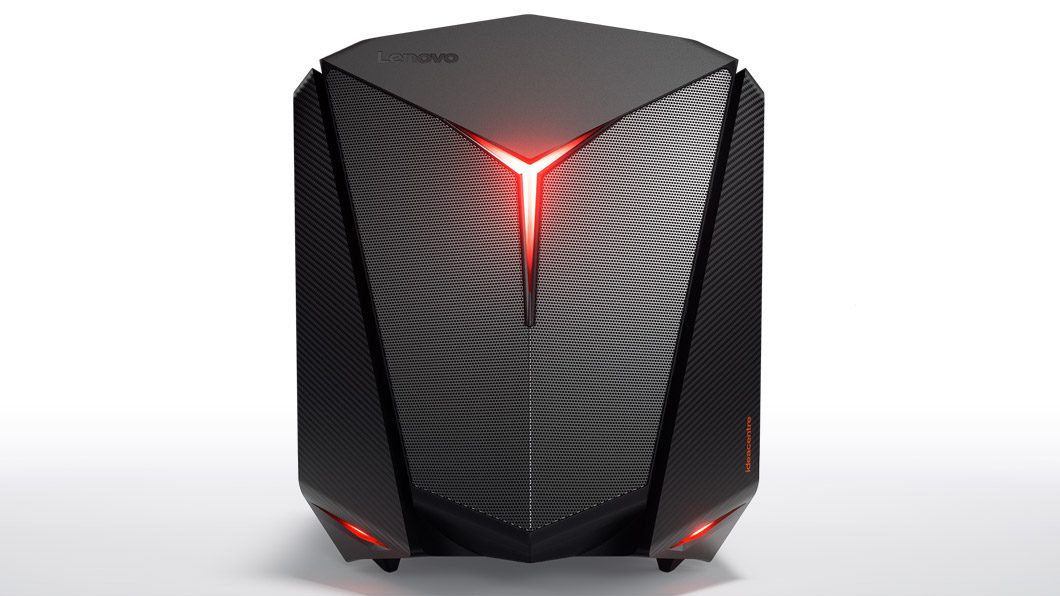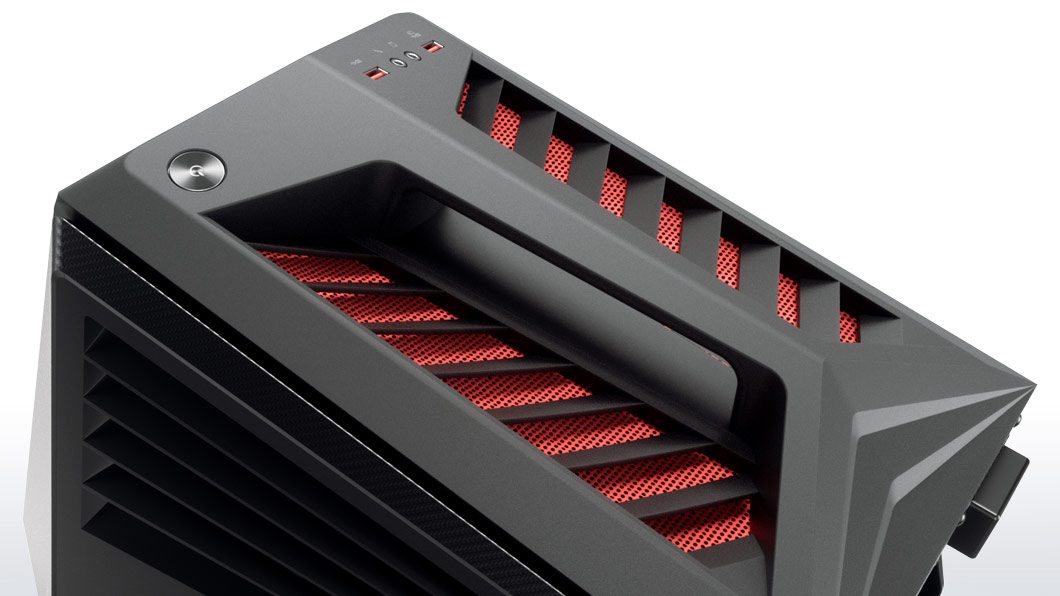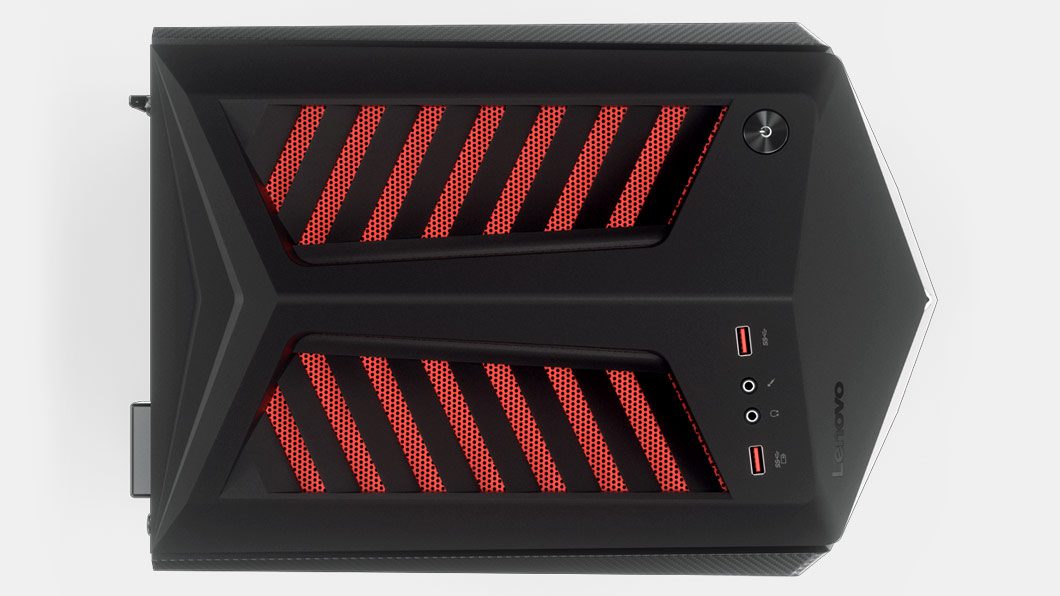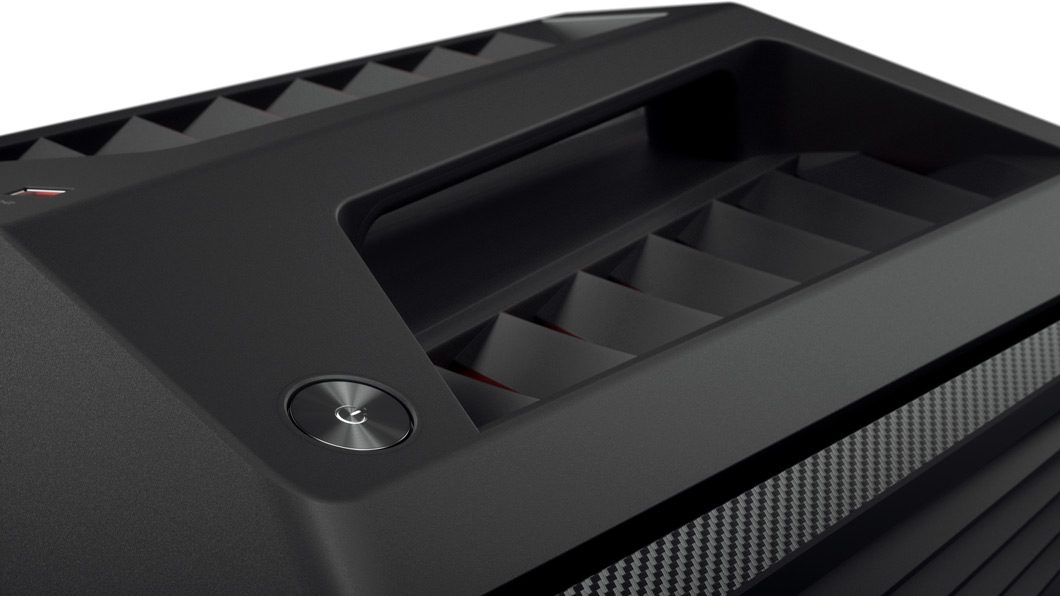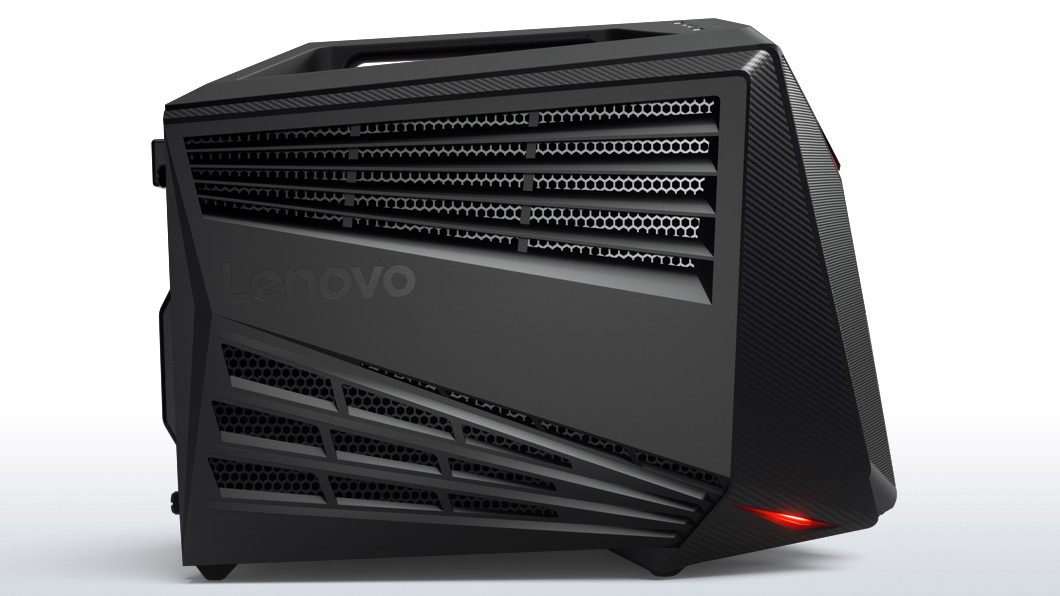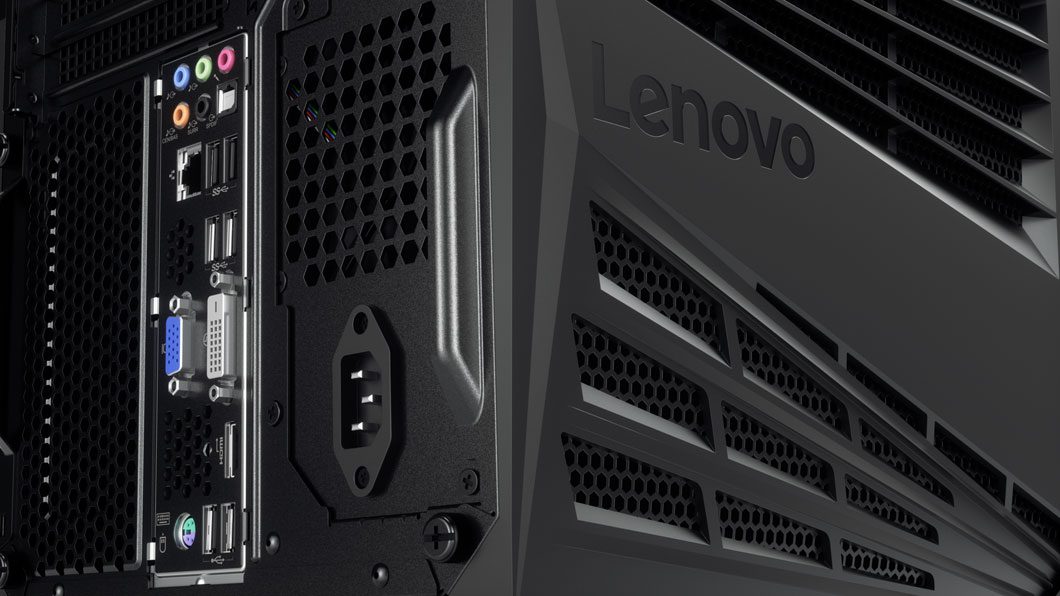The hardware that is subject of this review has been provided by Lenovo.
PC towers are no longer the only place to go for “desktop-grade” power. Consumers have excellent options in the laptop space, but it’s difficult, if not impossible, to find exactly what you want in terms of sourced parts, upgradeability, and appearance. If you’re willing to pay upwards of $2500 you can find laptops that can be with you for several years and still retain meaningful resale value. If any computer manufacturer knows this, it’s Lenovo. Afterall, they are the second largest in the world. There is still a market for folks who want an under-the-desk computer, such as a traditional tower. So why would Lenovo invest in a tower that bucks the design trend? I took the Y710 Cube (“Cube”) for a run that includes benchmarking and a real-world assessment (thanks our Twitter community for suggesting various tests). What I found was a sexy, portable desktop that I’d love to own.
Why a Desktop?
It’s not a surprise to see laptops overtake desktops in sales: they’re more convenient. But desktops are the lowest-cost option, easier to upgrade and better for gaming. Although the latter is becoming less true. As a life-long gamer I’ve always preferred the more affordable and expansive desktop to a laptop. But recently I’ve settled into the convenience-over-price group and love the Razer laptop I have. In fact, I can still expand some of it’s capabilities if needed via the Razer Core external GPU dock ($500). Lenovo makes some of the coolest laptops in the world, such as the Yoga series and their recently relaunched gaming line now named “Legion”. The Y710 Cube is a brand new desktop product that has limited upgradeability and is not exactly inexpensive. I like to think the Cube was born from a desire to design some cool desktop PCs, knowing that PC gamers are the likely adopters. Philosophically, I support this practice; design some tangential products and see what sticks with consumers. I agree with the old adage that “necessity is the mother of all invention.” But the desire to feel important, cool, and unique is the mother of all consumerism. I don’t expect HP, ASUS and others to follow Lenovo’s lead with the Cube, but I wish they would. Alienware has the Aurora R5, which is similar in size and power. Otherwise, desktop PCs never really transformed after the rise of gaming laptops (2014 and again now in 2017 with the 10-series GTX GPUs). We’ve seen smaller desktops that can’t support gaming and run on the Intel Atom CPU. And we have also seen tablet computers that play games specific to tablets or stream from more powerful desktops and servers. I imagine most desktop gamers are custom building or paying a premium to have Origin or Sager build them a desktop. Those companies do a great job but they aren’t innovating design in the way Lenovo is here. Someone has to do it and I’m glad it’s a company that has a history of influencing their competitors into new markets (i.e. 2-in-1 laptops).
Outside the Cube
It’s a Cylon! Ok, it’s not – but it kind of looks like one, right? Lenovo brought to this device it’s gorgeous, understated laptop design of all black with red highlights. All top and front ports are a bright red. Underneath the forward-thinking tote-handle is a red grill that is similar to the speakers on the Y-series and Legion laptops. The Lenovo “Y” is super sexy and there is also an underbelly light that shines red. More than just looks, Lenovo have also thought about their customers and added a built-in XBOX controller adapter. It frees up a USB port and retains the sexy body of the Cube (no large dongle). One more thing: independent mic and headphone jacks are found on the front of the Cube. Good move, Lenovo! They also separate them on their gaming laptops.
Thanks to the handle, the Cube is easy to carry around. Note it does weigh roughly 16 lbs. It’s overall dimensions are 15.48″ x 9.93″ x 12.38″. It’s larger than a PS4 but smaller than a traditional desktop. Connectivity is standard:
- Rear Ports: 2x USB 3.0, 2x USB 2.0, 1x PS2, 1x Optical Audio Port | Native HDMI/DVI/VGA plus the additional ports from the various GPUs. You can expect 2x HDMI and 2x DisplayPort
- Front Ports: 2x USB 3.0
The front of the Cube is scaly and when you run your finger across it, it doesn’t feel like a cheap plastic chassis.
Inside the Cube
We need to start with the power supply – 450W in every configuration including the top-end with a GTX 1080. According to the NVIDIA website, the recommended wattage for the 1080 is 500W. Many PC gamers like to extend their systems by overclocking. Typically the CPU, GPU and RAM are all candidates. I wouldn’t risk that here. Furthermore, adding a BluRay or DVD player will soak additional power from that rather small power supply. I’ve written this only to caution consumers, not coach them. I have not overclocked a PC in years and cannot comment further.
Between the available configurations for sale, the specs vary slightly but generally you can expect:
- CPU: Intel i7-6700 or i5-6400
- OS: Windows 10
- RAM: 8GB or 16GB DDR 4 UDIMM 2133 MHz
- Optical Drive: none
- GPU: AMD RX460 4GB, GTX 1060 6GB, GTX 1070 8GB, GTX 1080 8GB
- Network Card: Killer Wireless-AC 1535 (Ethernet port included)
- Includes wired keyboard and mouse
The downside of manufactured PCs is the pre-loaded software; although, it can all be removed. Below is the list of what you’ll find in the Cube:
- Rescue System
- DAI
- Lenovo Solution Center
- Prism
- Lenovo Nerve Center
- RDX® Content
- Power2Go
- Adobe® Reader®
- Microsoft Silverlight
- Microsoft Office (Trial)
Even that Razer laptop I’m digging comes with pre-loaded software that I don’t want.
Performance
Thanks to folks on Twitter for suggesting titles to be reviewed. Here is how frames-per-second (FPS) averaged at 1080p with graphics settings maxed out during a 30 minute playthrough:
- Rise of the Tomb Raider: 55 FPS
- The Witcher 3: 59 FPS (without NVIDIA Hairworks)
- Cities: Skylines: 60+
- Doom 3: 60

A comparison of other Lenovo gaming PCs and Laptops.
Who is this for?
Do you like going to LAN parties? Do you want a little more power than a laptop at a slightly better price and in a smaller package? Go buy this cubed beast. Starting at $999 for AMD RX 460 model and climbing all the way up to $2199 for the NVIDIA GTX 1080 model. There are some mixed CPU models as well. Really, it’s all about the GPU. All hail NVIDIA, right? If you see a PC with a GTX 1070 (the model I’m reviewing), you can expect roughly the same results across manufacturers, regardless of the other components. Sure, if a PC uses a 5400 RPM HDD and 4GB of RAM, you won’t get what the Cube or other GTX 1070-equipped PCs will achieve. But I haven’t seen any gaming PCs really skimp where it counts. The quality of the right components is another area for investigation and concern. I suppose that’s where warranties come into play. I am a huge fan of the Cube and highly recommend it. I like the design, portability and power-per-dollar.
The Y10 Cube includes a 1 year warranty.


